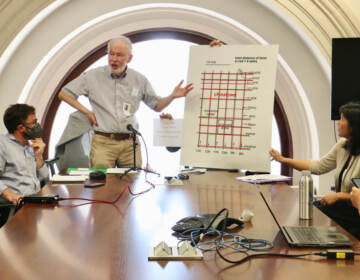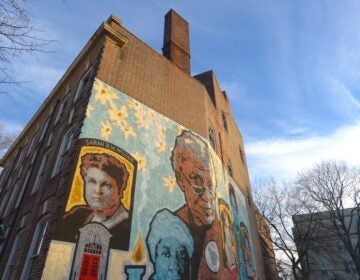Philadelphia Chinatown, Tanner House make national list of endangered historic places
Residents say a proposed arena could spell the end of Chinatown. A busted roof could do the same for the historic rowhome in North Philly.

The Chinatown Friendship Arch spans 10th Street near the Fashion District mall. (Emma Lee/WHYY)
This year’s list of America’s Most Endangered Historic Places has two Philadelphia locales dating back to the 1870s — the city’s Chinatown neighborhood and the Henry Ossawa Tanner House in the Strawberry Mansion section of North Philadelphia.
At 152 years old, Philadelphia’s Chinatown is one of the oldest active Chinatowns remaining in the country. It’s home to 40 locally designated landmarks. And the entire district, filled with 19th- and 20-century buildings, is listed on state and national registers.
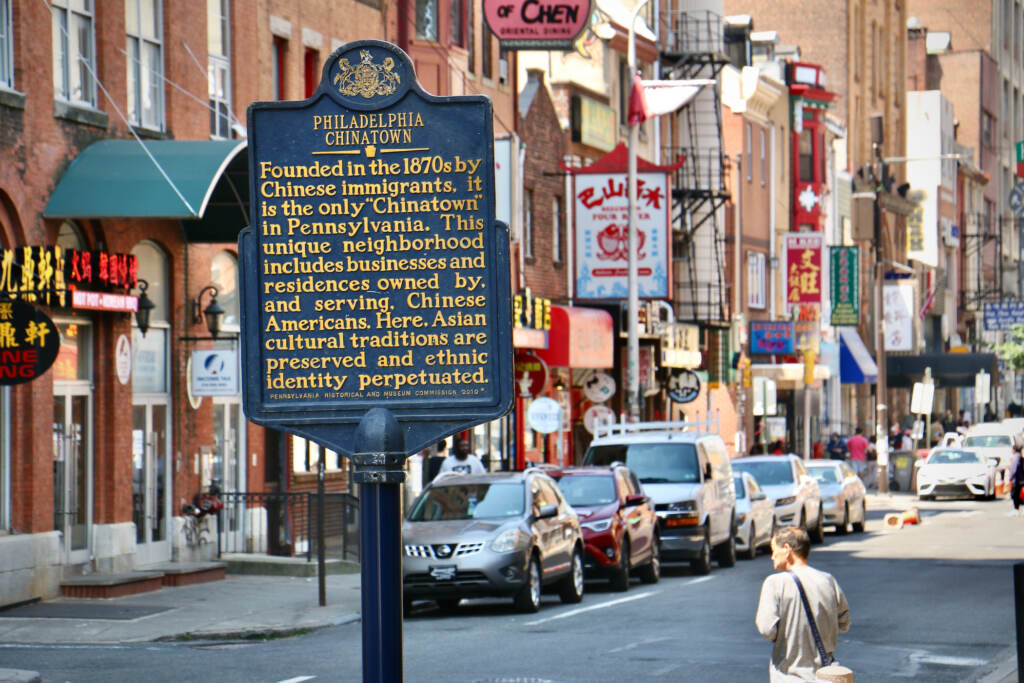
Over the last half-decade, the community has successfully defended against a series of large-scale development projects residents and businesses deemed threats to the neighborhood, an enclave for working-class Asian immigrants.
But Chinatown remains vulnerable, said John Chin, executive director of the Philadelphia Chinatown Development Corporation. The neighborhood is home to some 200 retail businesses and many of them are still struggling to recover from the economic impacts of the COVID-19 pandemic. Having “significantly less” foot traffic in the neighborhood is a big reason why, he said.
“A lot of people’s jobs and small business owners really rely on this recovery. And it’s happening too slow for us,” said Chin.
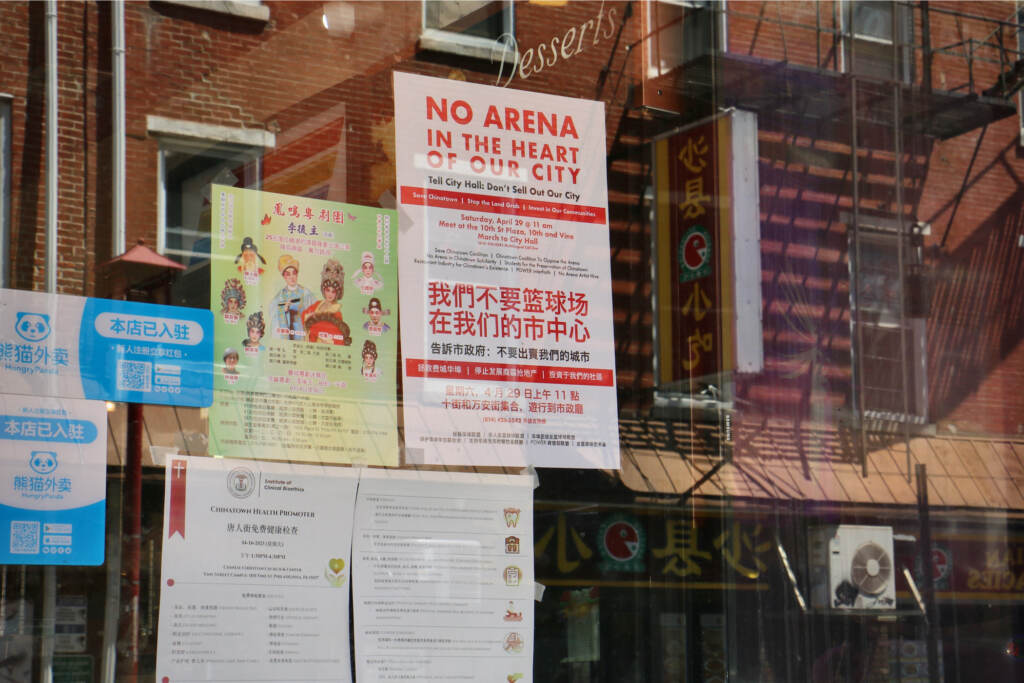
The prospect of the Philadelphia 76ers building a new basketball arena near the edge of Chinatown is also stoking fears about the neighborhood’s future.
The community is overwhelmingly against the team’s $1.3 billion proposal for 10th and Market streets. They worry the traffic congestion on game nights will dissuade people from patronizing Chinatown businesses. There are also broader concerns that the arena will spark rapid gentrification that will displace families and business owners, effectively destroying the historic neighborhood.
“We really have to come up with a land use and neighborhood zoning plan that addresses the arena, as well as any and all future developments. I think that’s the only way our Chinatown is going to survive and thrive,” said Chin.
About five miles away, on the 2900 block of Diamond Street, sits the Henry Ossawa Tanner House, a National Historic Landmark.
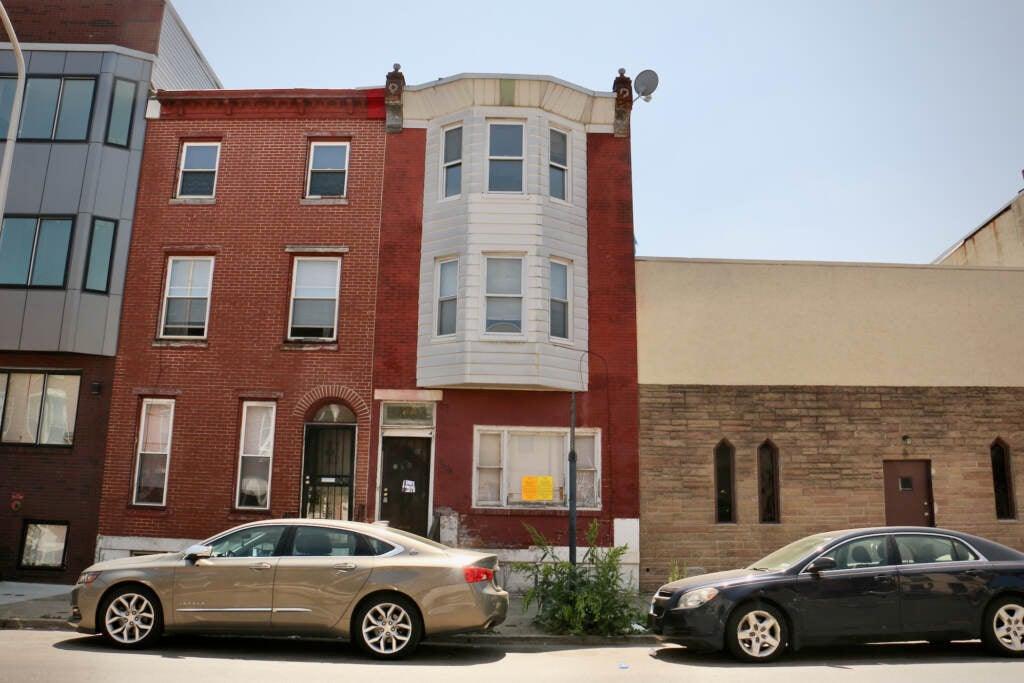
The Smithsonian American Art Museum considers Tanner “the most distinguished African American artist of the 19th century.” He was internationally known for his religious paintings, including “The Savior,” “The Annunciation,” and “Mary.”
Built in 1871 — the same year cited as the start of Chinatown — the three-story rowhome near East Fairmount Park had other notable residents, including Tanner’s family members. His father Benjamin Tucker Tanner, an ordained minister at Mother Bethel AME, was also the editor of the Christian Recorder, at the time the largest Black-owned periodical in the country. Tanner’s sister, Dr. Halle Tanner Dillon Johnson, was the first woman of any race to be a licensed physician in Alabama. Renowned educator Booker T. Washington recruited her.
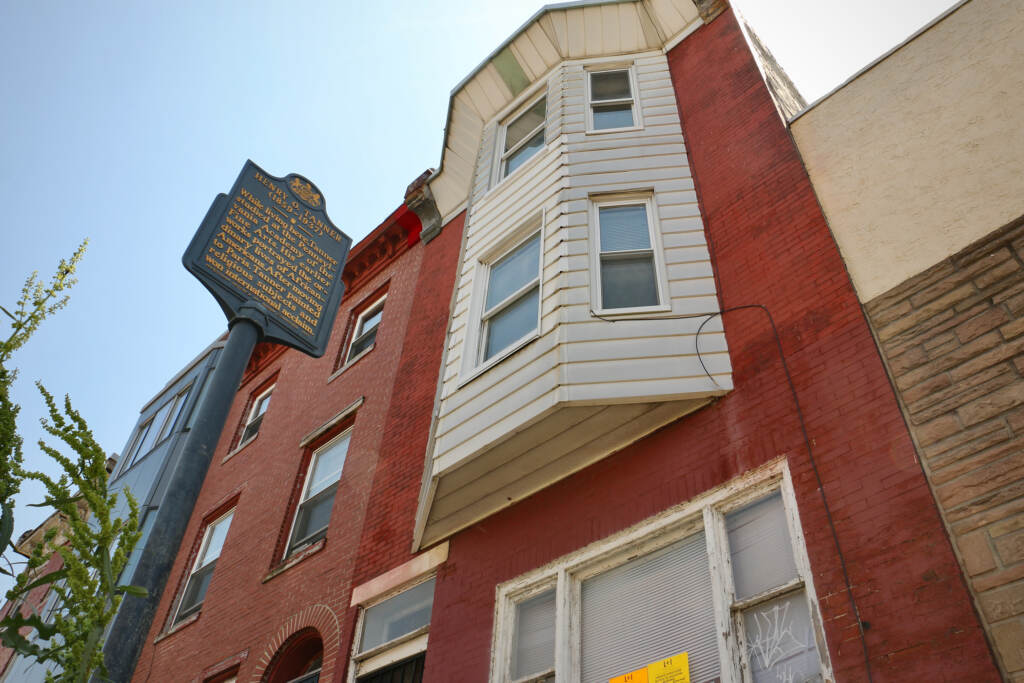
“In the years since the Tanner family lived in the house, the majority-Black Strawberry Mansion neighborhood has experienced disinvestment and discrimination due in part to redlining, segregation, and systemic racism. Today, ongoing gentrification threatens to erase the area’s Black cultural legacy and heritage such as the Tanner House, which is already seriously deteriorated and in danger of collapsing,” said the National Trust for Historic Preservation, which has published the list of endangered places since 1988.
The Friends of the Tanner House, a community group, is in the process of forming a nonprofit that would own and operate the now-vacant property as a “community cultural asset,” said Christopher Rogers, co-coordinator of the Friends. In the short-term, the group hopes to raise the $70,000 needed to make critical repairs to the building’s roof, parts of which are missing, exposing the home to the elements.
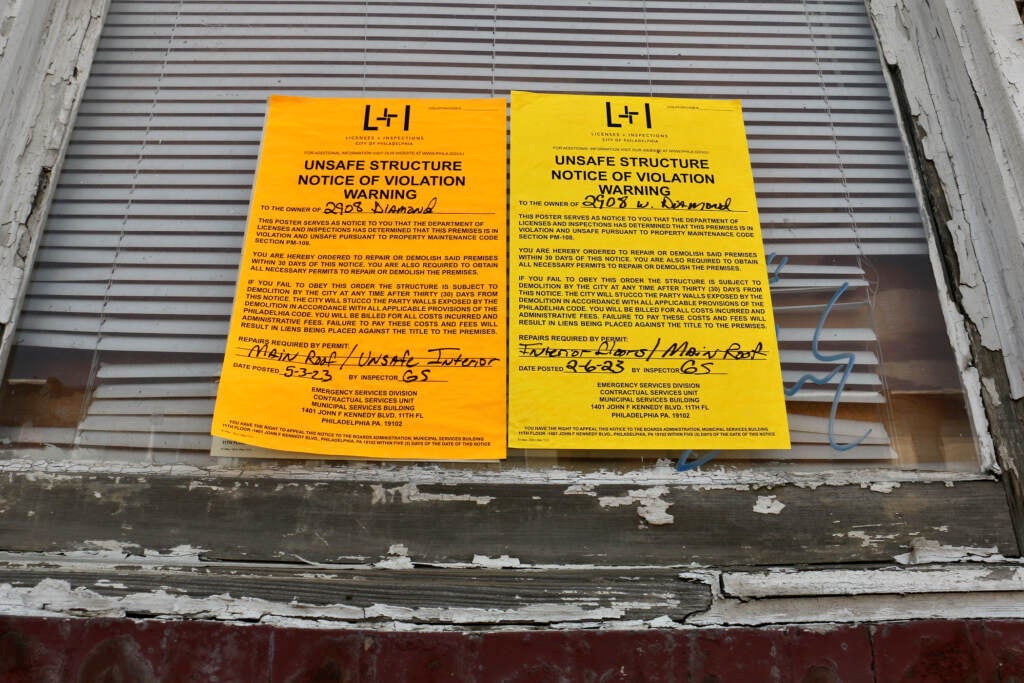
Rogers fears the home will be lost if the roof isn’t fixed soon.
“We need to do this phase one emergency stabilization as soon as possible,” said Rogers.

Subscribe to PlanPhilly
WHYY is your source for fact-based, in-depth journalism and information. As a nonprofit organization, we rely on financial support from readers like you. Please give today.




